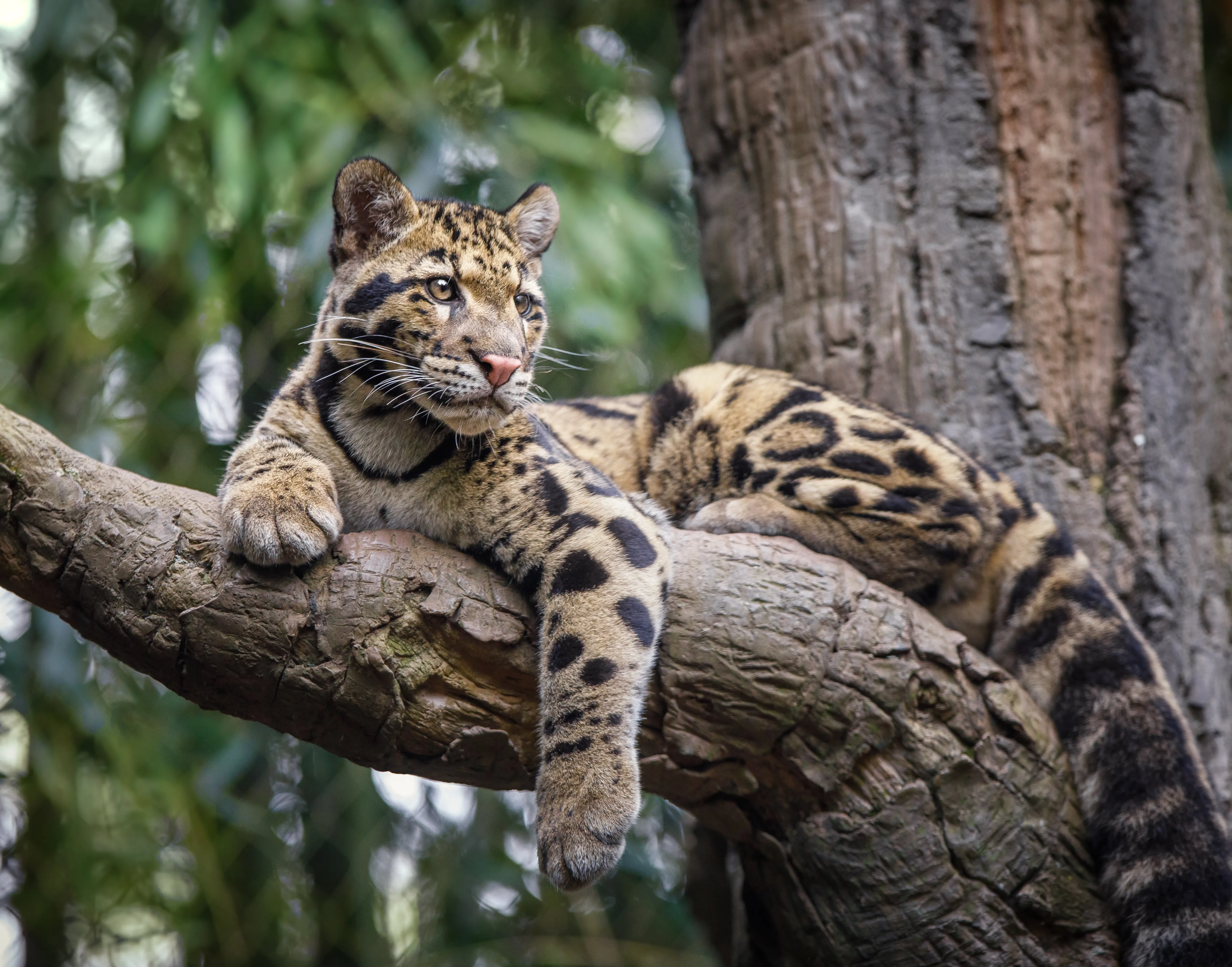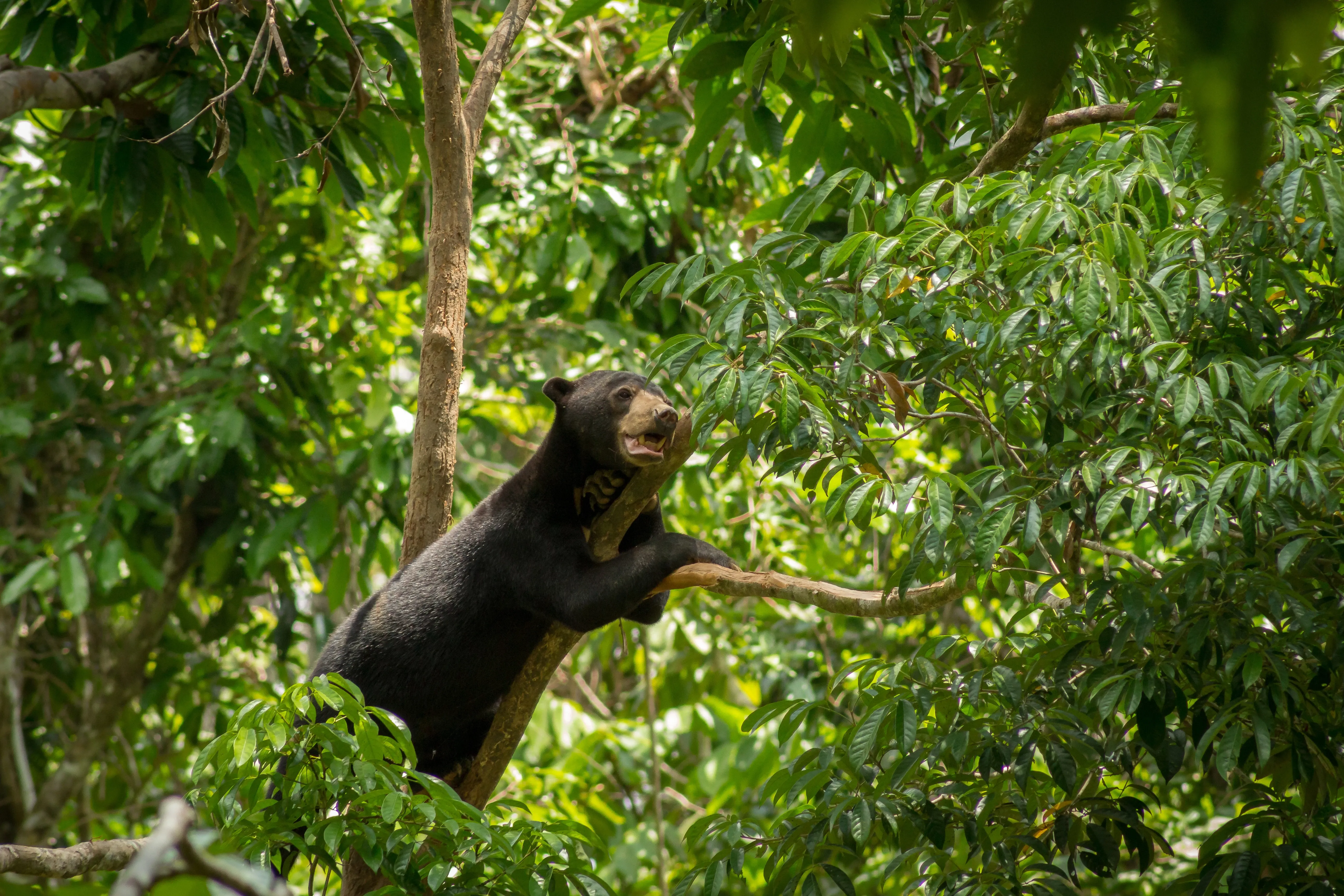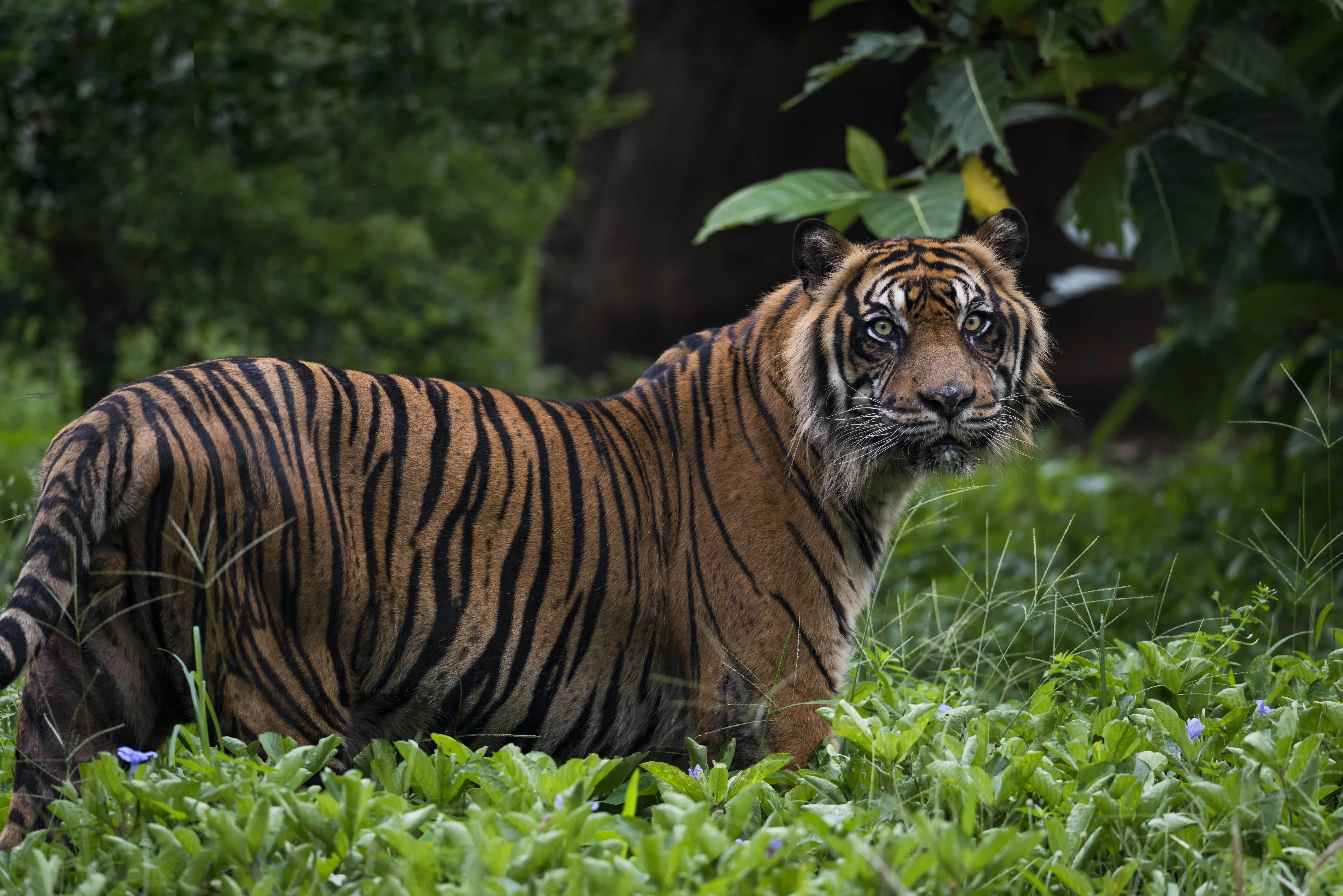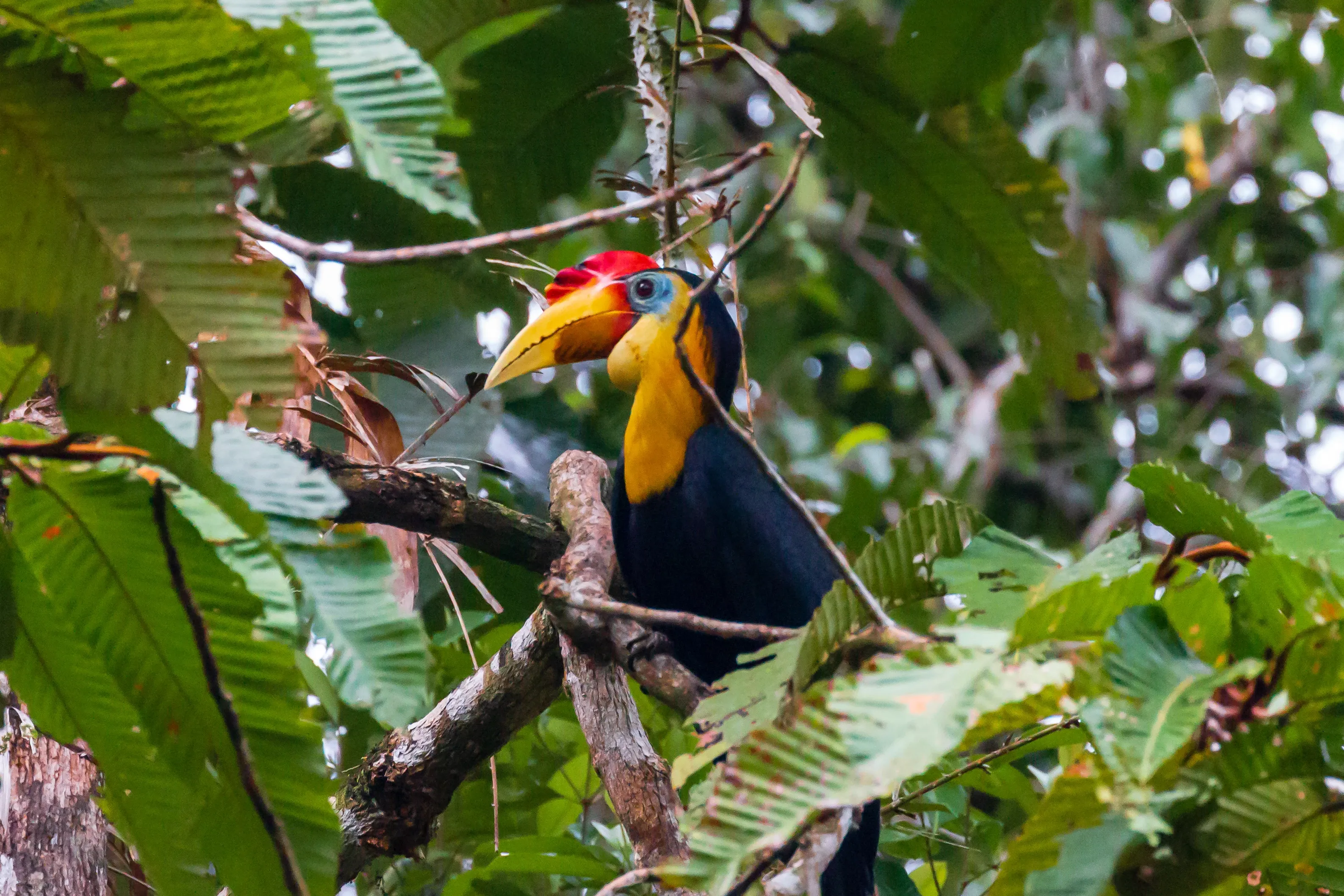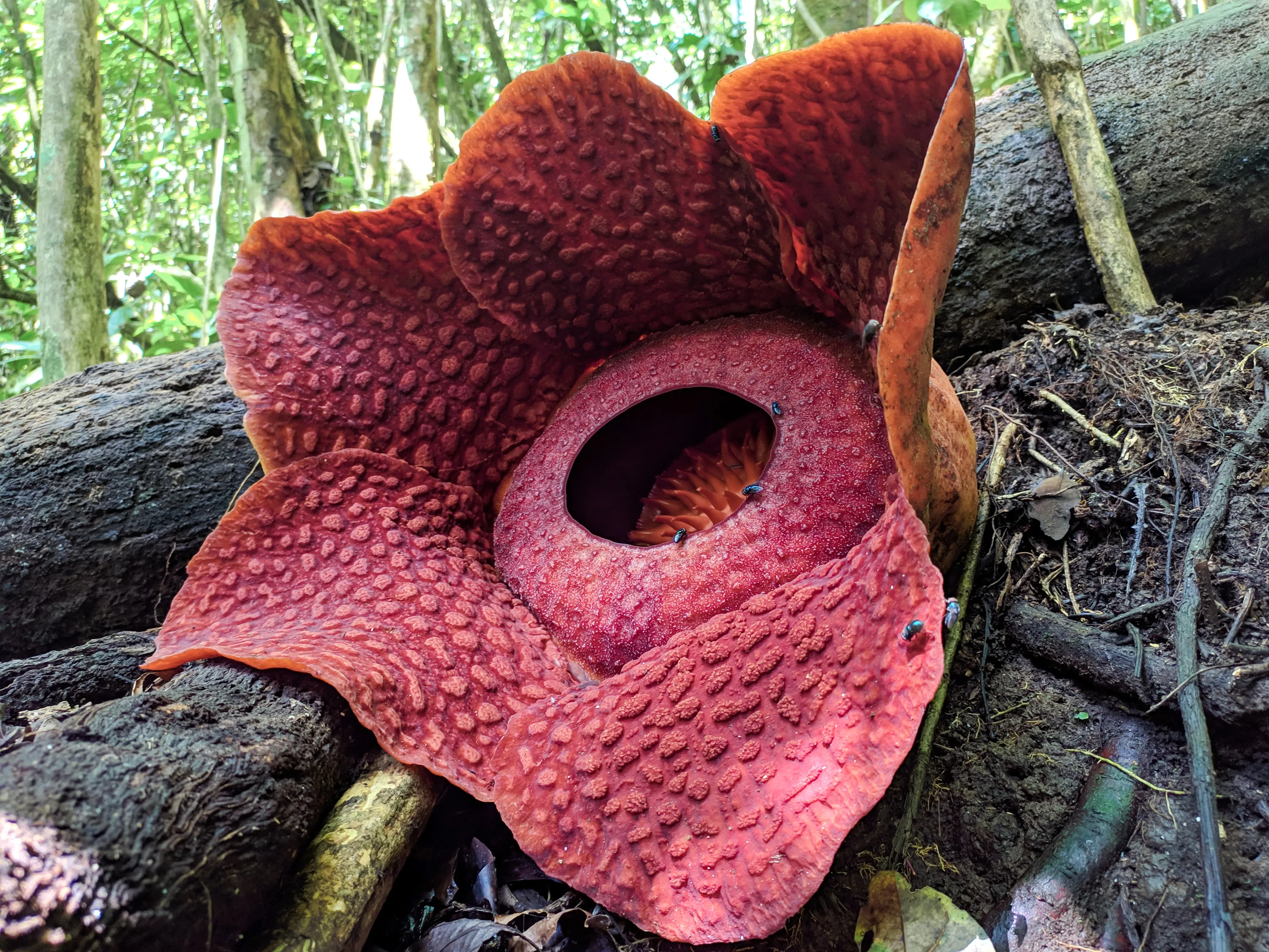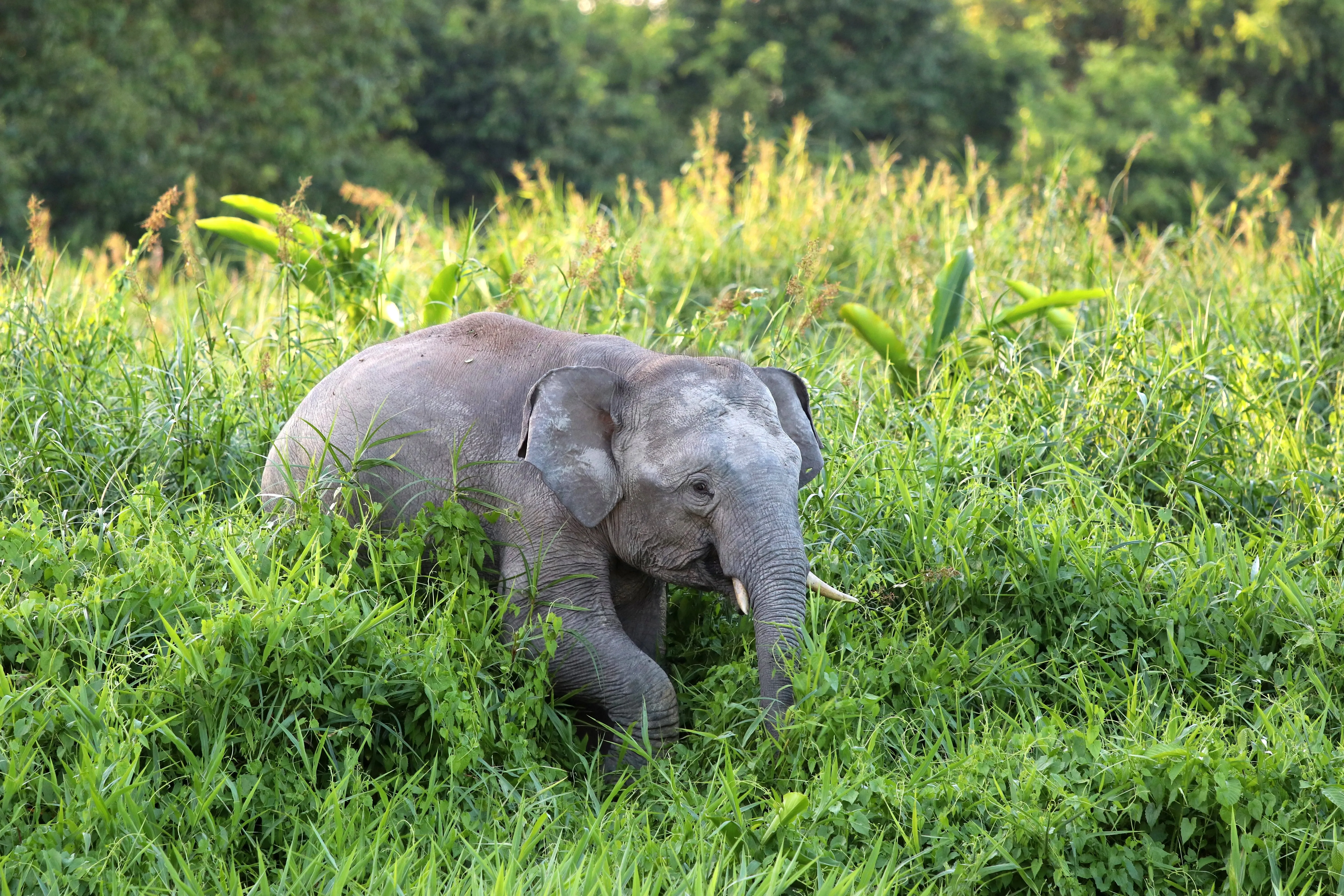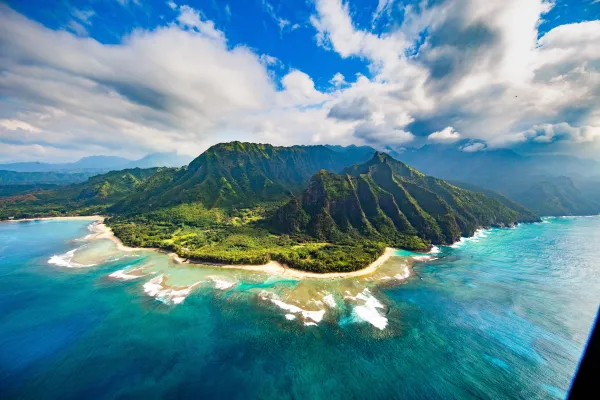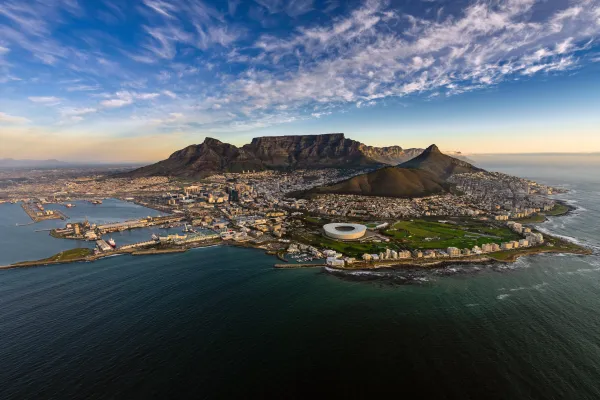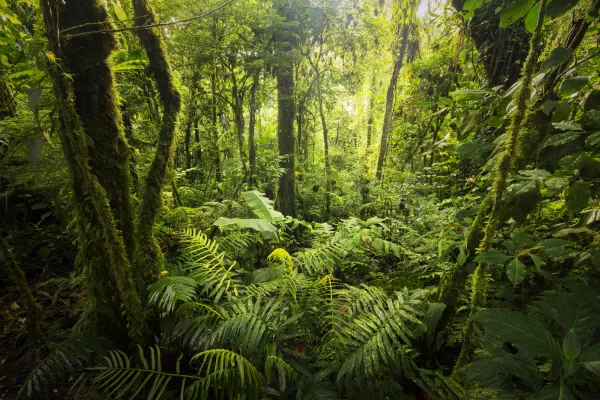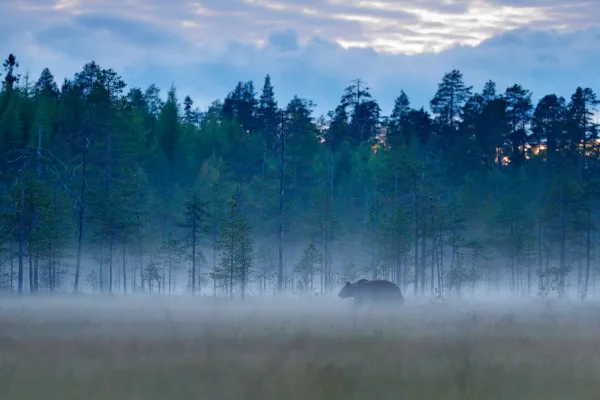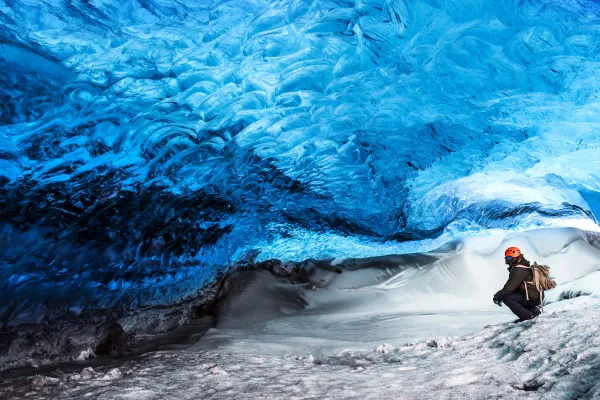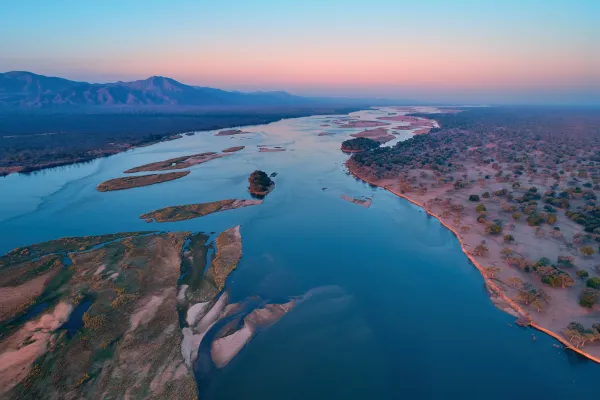Borneo – Wildlife wonderland of biodiversity
The tropical island of Borneo is home to some of the world’s most phenomenal hubs of biodiversity. However, human encroachment and rampant development are putting its precious ecosystems at risk.
Natural beauty and diverse wildlife
Borneo is the planet's third-largest island, located in the Southeast Asian tropics and divided among Brunei, Indonesia, and Malaysia. One of the most biologically diverse places on the planet, it is known for its natural beauty and diverse wildlife. Borneo is home to high mountains, low swamplands, and large tracts of remote lowland dipterocarp forests.
These vast rainforests thrive in the region's high humidity and prolific sunlight. Furthermore, they shelter an astonishing variety of flora and fauna that flourish in their fertile habitats. Additionally, the island's surrounding oceans feature spectacular coral reefs, endangered sea turtles, sharks, and a myriad of other marine species – a real wonderland.
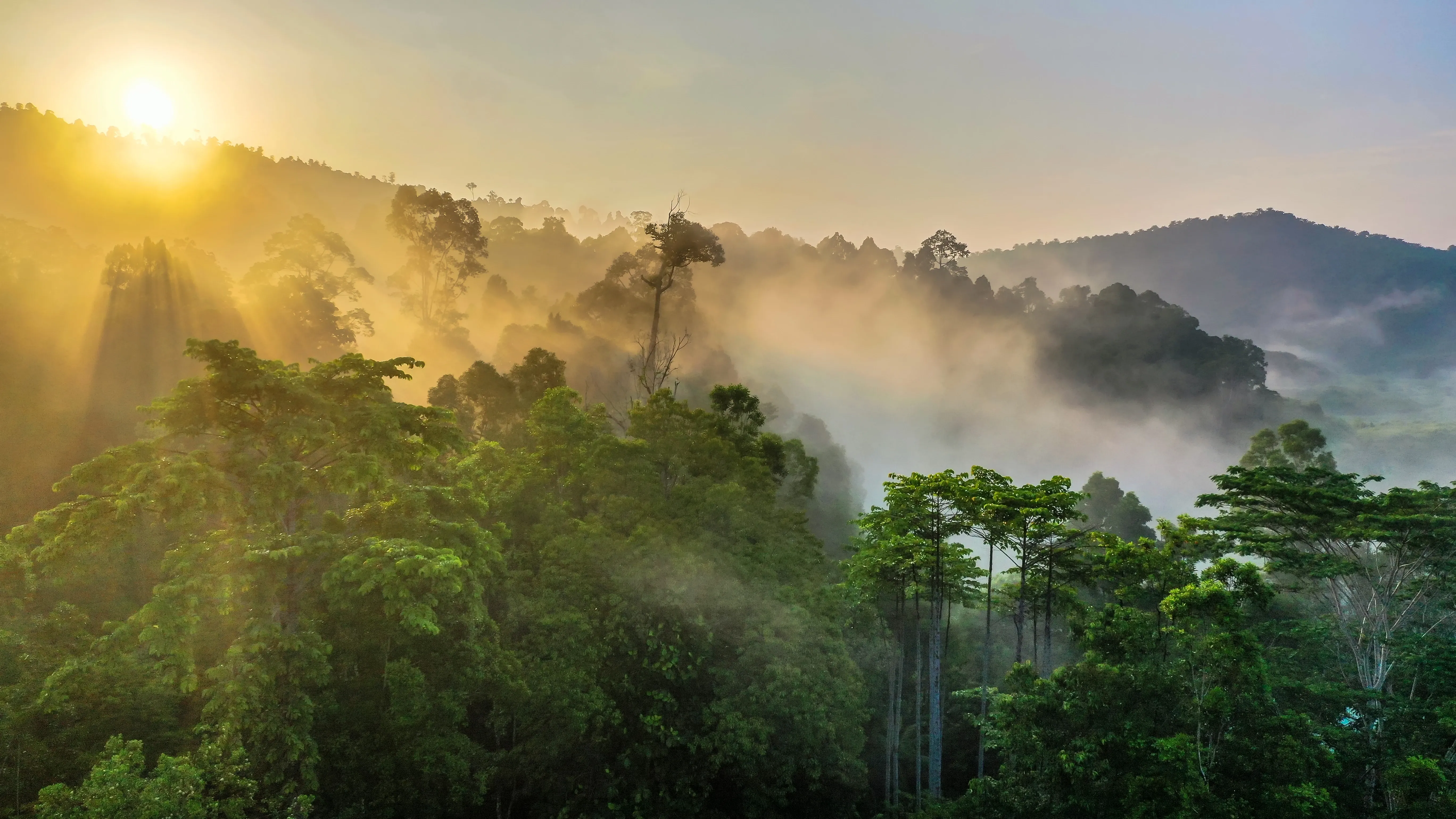
Borneo's unique culture
Nature aside, Borneo's unique culture comprises a complex tapestry woven from numerous languages and ethnic traditions. Cultural highlights include interacting with Borneo's indigenous Dayak communities, including the Iban, Penan, Dusun, Murut, and coastal Bajau people. The Dayaks had a fearsome reputation as headhunters in the past, but they have long since abandoned the tradition. However, they still adhere to many age-old rituals and practices, such as preparing incomparably delicious cuisine. Sublime signature Dayak dishes include bamboo chicken, pineapple curry, and crunchy stir-fried jungle fern.
Borneo wildlife highlights
Borneo's pristine environments and rich biodiversity make it an exceptional and unforgettable destination for nature and wildlife lovers. Many rare and endangered animals are found here, including sun bears, pygmy elephants, Sumatran tigers, proboscis monkeys, and clouded leopards. Moreover, many of Borneo's animal species are endemic, meaning they occur only in this part of the world and nowhere else.
Borneo's unique wildlife species
For example, the vulnerable Borneo pygmy elephant (Elephas maximus borneensis) is the world's smallest elephant and occurs exclusively on the island. Other endangered species found in the region are the Bornean orangutan (Pongo pygmaeus) and Sumatran rhinoceros (Dicerorhinus sumatrensis).
Additionally, Borneo has many unique avian species, most notably multiple hornbill species. Particularly distinctive among these is the rhinoceros hornbill, well known for its use of body language. This distinctive bird's black and white feathers are offset by a large hooked beak in vibrant shades of red and orange. Its defensive actions include head bobbing and wagging its tail to deflect predators.
Besides its prolific wildlife, Borneo is also home to hundreds of different plant species. Among these is the world's largest flower, Rafflesia arnoldii, otherwise known as the "monster flower". This parasitic plant, which preys on the roots and stems of other flora, can reach over 100 centimetres in diameter. Its fleshy red flowers, covered with lighter, hive-like spots, could be mistaken for decaying, maggot-infested flesh. This garish appearance is part of the Rafflesia's biological ruse to attract the flies that pollinate it. Coupled with the putrid stench the plant emits, the plant's wily Darwinian devices prove irresistible to these insects that ensure its survival.
Weird and wonderful wildlife facts of Borneo
- If you visit Borneo you can find the Bornean pygmy elephant (Elephas maximus borneensis), which is the smallest elephant species in the world.
- Borneo is inhabited by the Sunda flying lemur (Galeopterus variegatus), despite its name, it is not a lemur. These gliding mammals are exceptional at covering large distances using the skin between their limbs.
- The proboscis monkey (Nasalis larvatus) found in Borneo has an unusually large nose.
- Borneo is one of the last strongholds of the endangered Bornean orangutan (Pongo pygmaeus).
- Also part of Borneo's natural environment is the Rafflesia arnoldii, the world's largest flower. This giant flower can reach over three feet in diameter and is known for its foul odor, which attracts flies for pollination.
Threats to the wildlife
Human encroachment has posed increasing threats to Borneo's rich but fragile ecosystems in recent years. An increasing number of development initiatives, from the prolific palm oil industry to burgeoning coffee and rubber plantations, have taken a severe toll on the region's verdant equatorial jungles and dazzling coral reefs. Many natural habitats have been destroyed by such projects, which have wreaked ecological havoc on Borneo wildlife while hiding beneath the veneer of "advancement" and "progressiveness".
As Dr Vivien Cumming writes in her article Revisiting Attenborough's Borneo, "All over Borneo you feel like something is missing. At the Kinabatangan River, an incredible array of wildlife from orangutans to pygmy elephants is confined to a small corridor of intact rainforest surrounded by increasing oil palm plantations. It is a fantastic place to see wildlife, but only because the wildlife has nowhere else to go."
Borneo is truly a unique place – its biodiversity is amazing, and its cultural heritage is intriguing. Both are reasons to preserve this island so that future generations can enjoy them. The region's delicate hubs of biodiversity need to be protected urgently from the onslaught of various environmental threats.
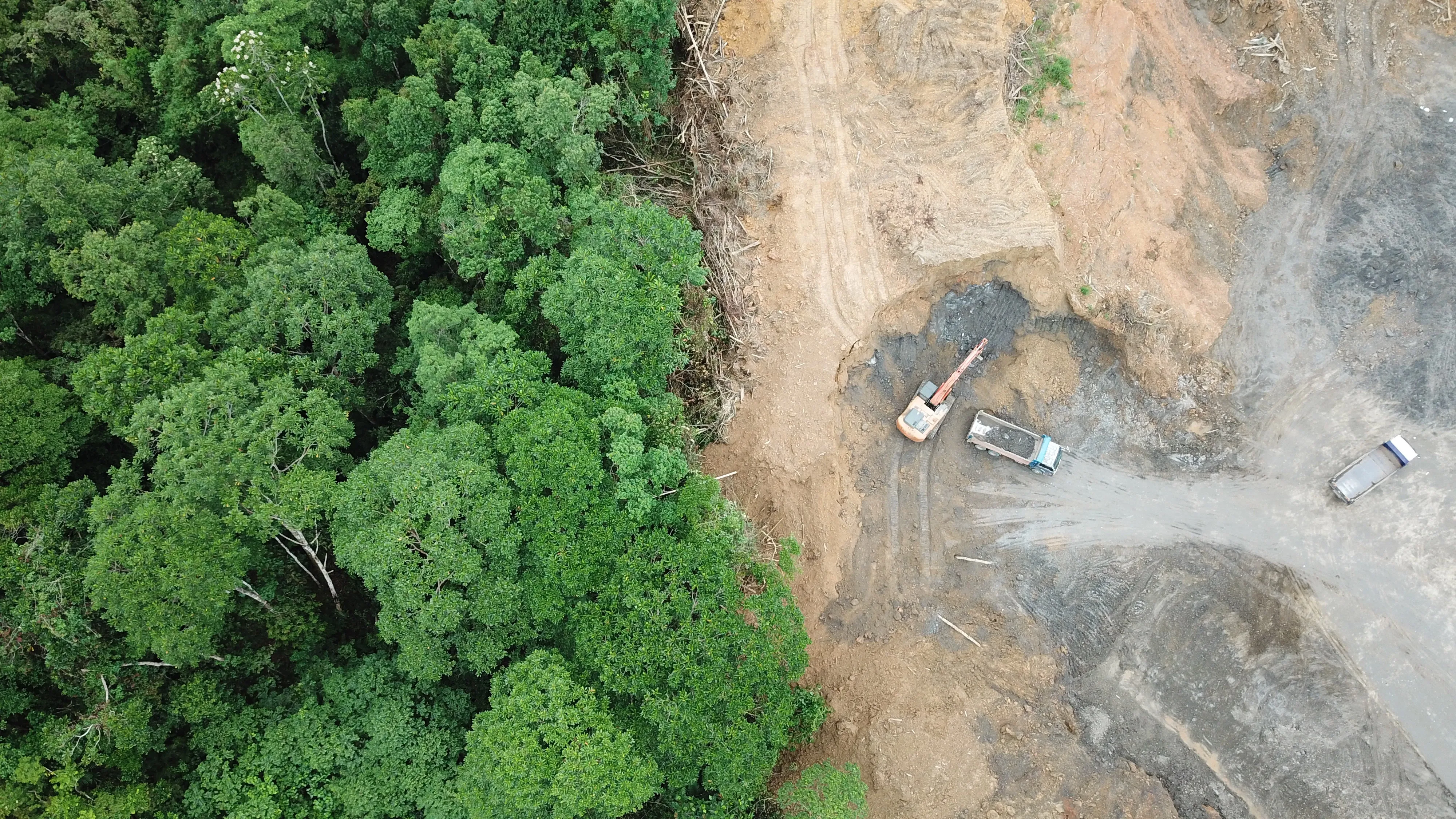
How can you help Borneo's wildlife?
Despite devastating deforestation in certain areas, significant sections of Borneo's virgin jungles remain intact. This is partly due to various conservation and ecotourism projects focused on protecting and sustaining them. Many such ventures depend partially on income generated by tourism. Travellers and individuals can support Borneo's wildlife in various ways, including the following.
1. Visiting nature initiatives in Borneo
To gain a comprehensive understanding of the environmental and wildlife challenges facing Borneo, immersing yourself directly in the issues is paramount. Embarking on a journey to the heart of Borneo allows you to intimately acquaint yourself with the intricacies of its ecosystems and the unique challenges it faces. By actively participating in and supporting officially registered, ethical conservation projects, you contribute to the sustainable safeguarding of Borneo's remarkable wildlife and nature.
These initiatives prioritize responsible practices, ensuring that your involvement aligns with long-term conservation goals. Visiting these projects not only provides you with invaluable insights but also enables you to make a tangible impact, fostering a deep connection between you and the urgent need for the preservation of Borneo's natural wonders.
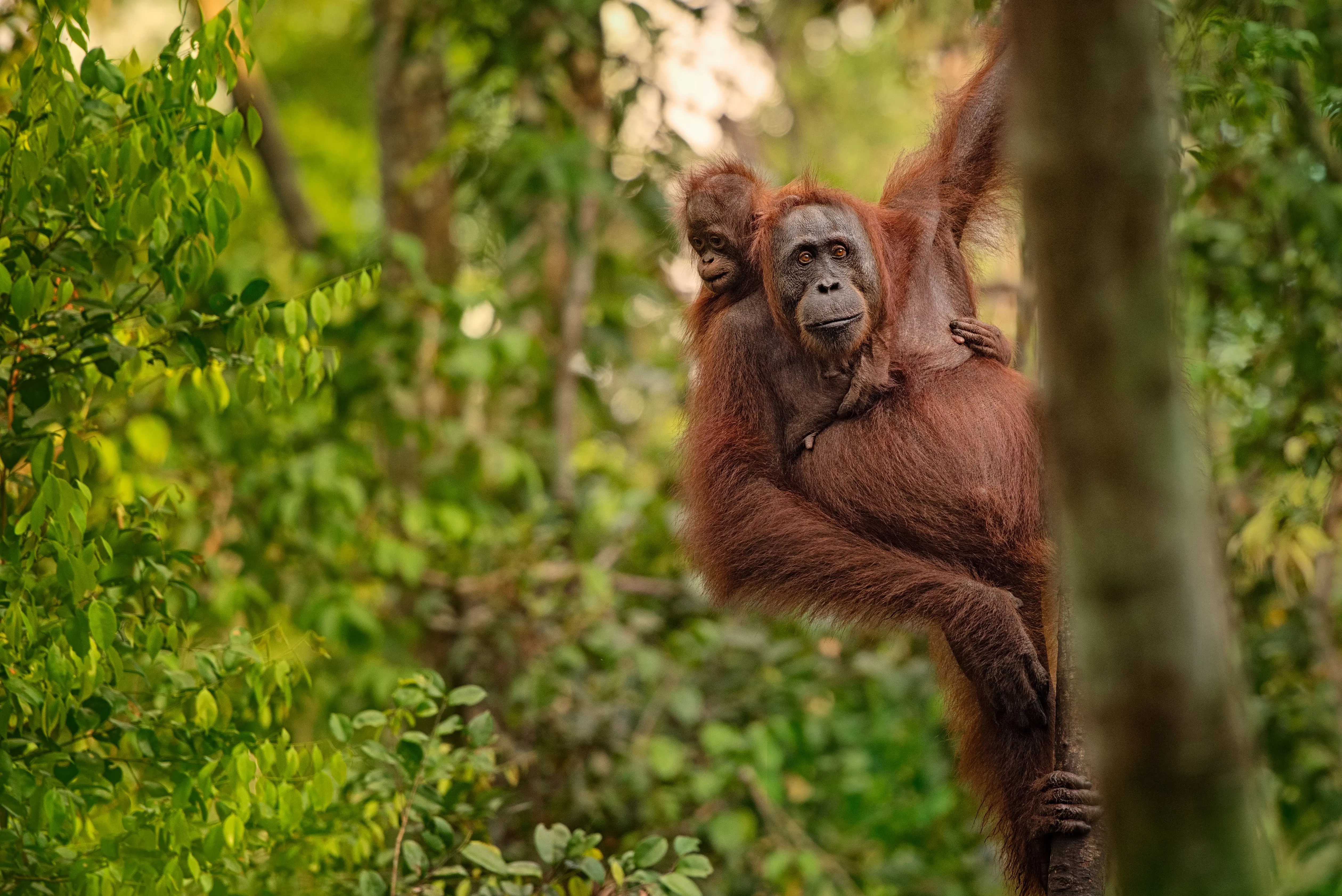
2. Volunteering on Borneo
By donating your skills, time, and manpower to various environmental causes, you can help to make a difference to Bornean wildlife and nature. Whether it's participating in wildlife rehabilitation programs, contributing to reforestation efforts, or assisting in community-based conservation projects, your commitment plays a crucial role in fostering sustainable practices and safeguarding the delicate balance of Borneo's rich biodiversity. In doing so, you not only make a positive impact on the immediate environment but also contribute to the broader global conversation on responsible conservation and ecotourism.
3. Raising awareness
Taking the initiative to "pay it forward" stands as a pivotal measure in cultivating widespread awareness about the enchanting yet fragile ecosystems of Borneo. By actively sharing conservation-focused information, knowledge, and skills acquired during your travels in the region, you play a vital role in educating others. Your efforts become instrumental in fostering a broader understanding of the unique environmental challenges faced by Borneo.
Sign up for the newsletter
By clicking on “Subscribe now” I will subscribe to the Conscious Explorer newsletter with all the information about mindful travel. Information on the success measurement included in the consent, the use of the shipping service provider MailChimp, logging of the registration and your rights of revocation can be found in our privacy policy.
